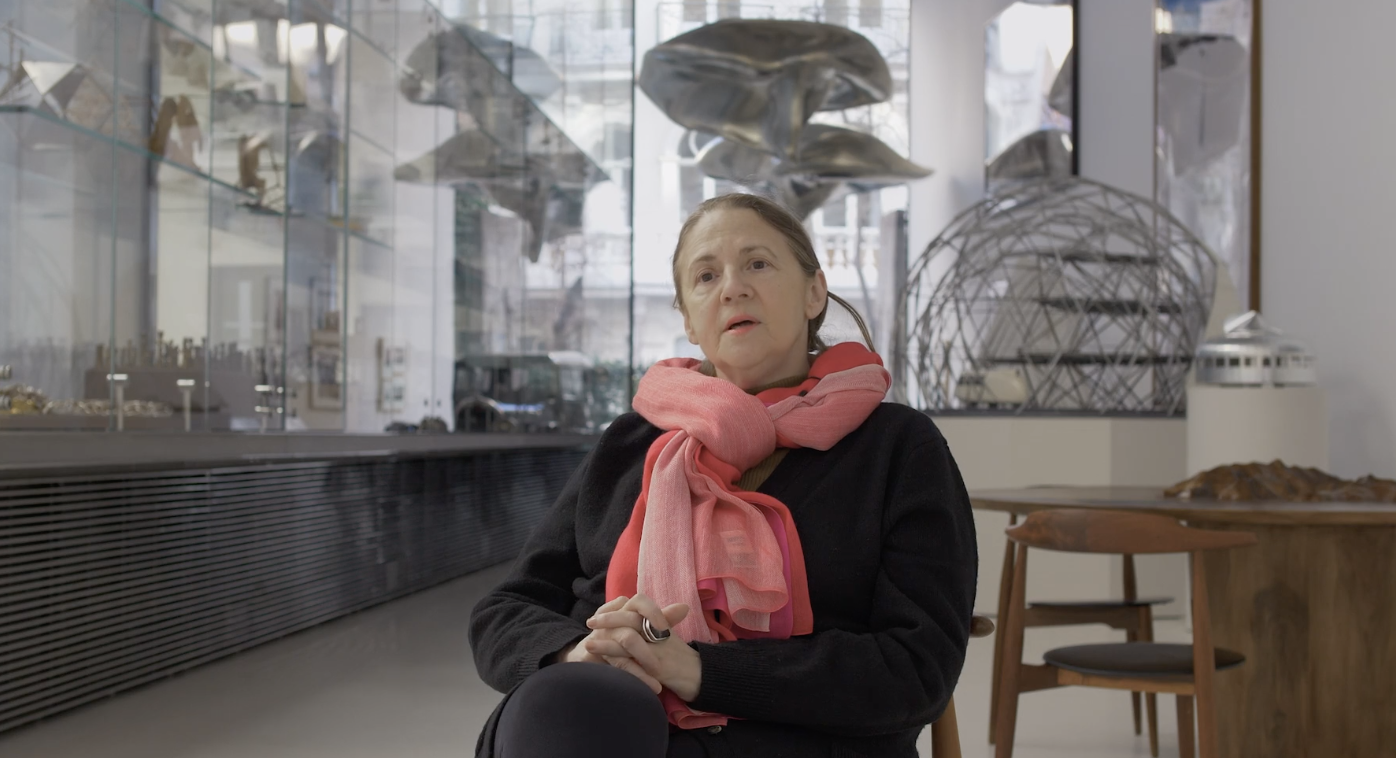Estrella de Diego
For the twenty-second episode of our 'Building the Future' series, award-winning art and architecture writer, researcher and academic, Estrella de Diego shares her experiences of Norman Foster’s architecture, the significance of his archive and the continuing importance of manual drawing.
De Diego first draws our attention to the prominence of Norman Foster’s architecture in the leading cities of the world. She recalls being instantly impressed in her first encounter with very discreetly handled spaces whose parameters were almost invisible. These recognisable characteristics stand out for de Diego, and demonstrate the same controlling hand behind diverse projects.
She notes how this architecture suggests there are two characteristics of Norman Foster’s mind working in unison: creativity and orderliness. Also, the value of the Norman Foster Foundation Archive is self-evident for de Diego. It is where you encounter the professional architect and, at the same time, the inner world of his ideas.
Arguing that archives are now more prominent in cultural life, de Diego invites us to think of them as artpieces, which are their own entities and are increasingly explored by artists searching for inspiration. While creating structured narratives, archives also serve as performative works, capable of change and variegation into different forms, in response to their uses.
For de Diego, Norman Foster’s drawings capture ‘the essence of his architecture’, as everything finally realised in his completed buildings grows from them. The central place of manual drawing is, perhaps, what makes his architecture stand out, and both facets represent key parts of an integrated imaginative process.

